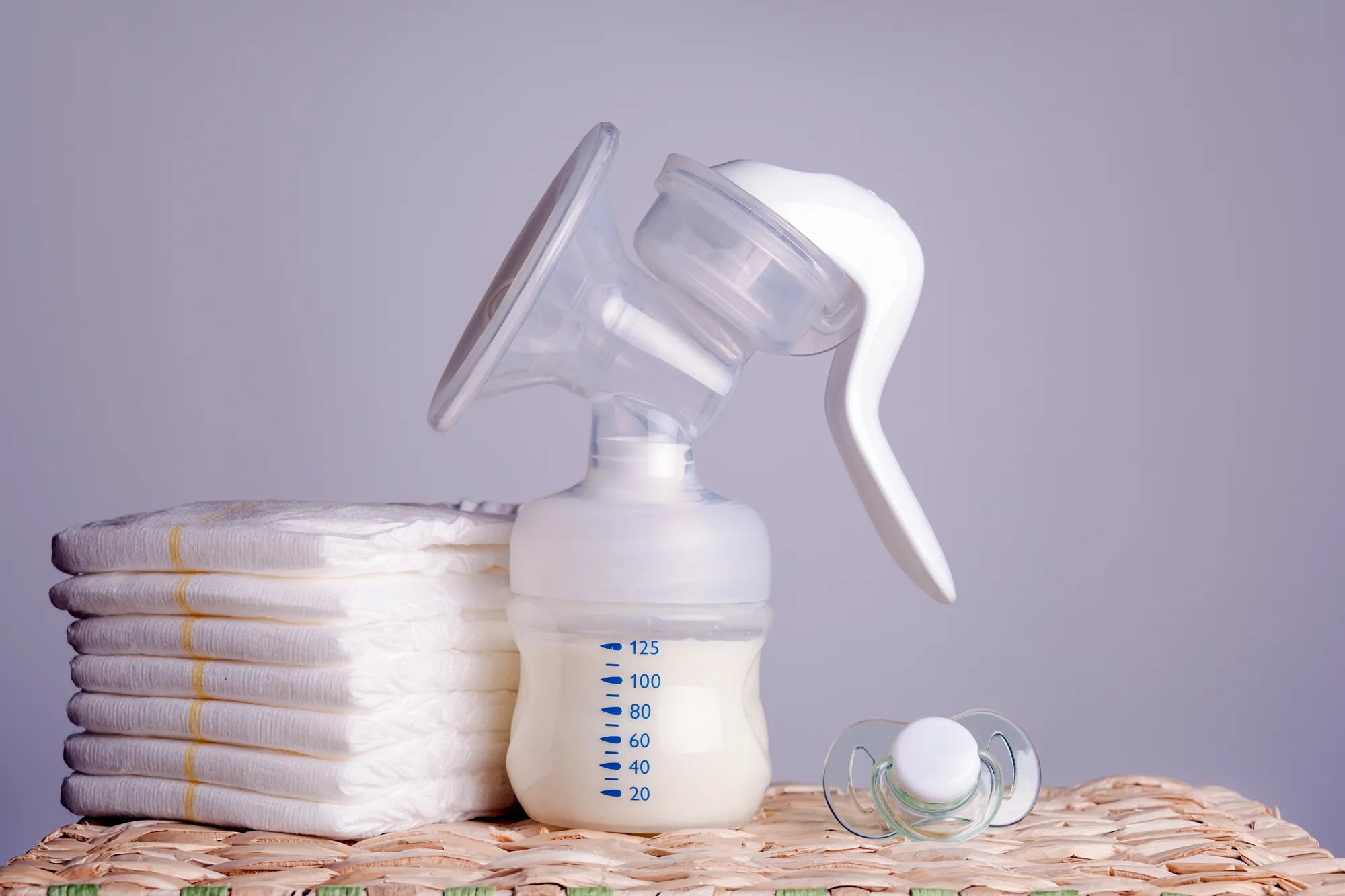Inicio
Pregnancy, Breastfeeding, and Pumping: The Ultimate Guide for Moms
How Much Breast Milk to Pump and Dump: A Comprehensive Guide

How Much Breast Milk to Pump and Dump: A Comprehensive Guide
For nursing mothers, the decision to pump and dump breast milk can be both confusing and stressful. Whether it's due to medication, alcohol consumption, or other factors, knowing how much breast milk to pump and dump is essential for maintaining a healthy breastfeeding routine. This article will provide a detailed guide to help you make informed decisions.
Why Pump and Dump?
Pumping and dumping breast milk is often necessary when substances that could harm the baby are present in the milk. Common reasons include:
- Medications that are not safe for breastfeeding
- Alcohol consumption
- Exposure to certain chemicals or toxins
Understanding the reasons behind pumping and dumping can help you determine when and how much milk to discard.
How Much Breast Milk to Pump and Dump
The amount of breast milk to pump and dump depends on several factors, including the substance involved and its half-life. Here are some general guidelines:
- Medications: Consult your healthcare provider for specific instructions. Some medications require pumping and dumping for a few hours, while others may necessitate a longer period.
- Alcohol: The general rule is to wait 2-3 hours per drink before breastfeeding. Pumping and dumping during this time ensures that the alcohol has cleared from your system.
- Chemicals/Toxins: If exposed to harmful substances, it's best to pump and dump until you are certain the milk is safe.
Best Practices for Pumping and Dumping
To ensure you are pumping and dumping effectively, follow these best practices:
- Use a reliable breast pump to maintain your milk supply.
- Store pumped milk properly if it is safe to use.
- Keep track of the time and amount of milk pumped to avoid confusion.
Maintaining Milk Supply
Pumping and dumping can affect your milk supply if not managed correctly. Here are some tips to maintain your supply:
- Pump regularly, even if you need to discard the milk.
- Stay hydrated and maintain a healthy diet.
- Consider using lactation supplements if recommended by your healthcare provider.
Emotional Considerations
Pumping and dumping can be emotionally challenging for many mothers. It's important to remember that this practice is temporary and for the well-being of your baby. Seek support from lactation consultants, support groups, or healthcare providers if you feel overwhelmed.
When to Seek Professional Help
If you are unsure about how much breast milk to pump and dump, or if you have concerns about your milk supply, consult a healthcare provider. They can provide personalized advice based on your specific situation.
Understanding how much breast milk to pump and dump is a vital part of breastfeeding. By following these guidelines and best practices, you can ensure that both you and your baby remain healthy and happy. Remember, every mother's journey is unique, and seeking professional advice when needed can make all the difference.
Compartir
